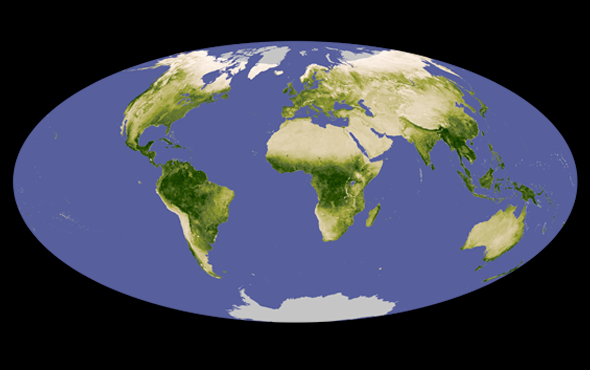MEXICO
Eighteen black-footed albatrosses hatched on Guadalupe Island after their eggs were flown by commercial airliner from the North Pacific’s Midway Atoll. The atoll, which houses a third of the near-threatened birds’ breeding population, is vulnerable to flooding and sea-level rise.
U.K.
Jays and gray squirrels may have “planted” more than half of the many trees growing on two swaths of farmland abandoned in lowland England in 1961 and 1996, researchers found. The new growth consisted largely of oaks, whose seeds the animals bury in winter.
SUDAN
The domesticated watermelon has long been thought to have come from South Africa, but it may instead have originated with Sudan’s Kordofan melon. Scientists used genetic sequencing, ancient Egyptian iconography and Russian cold war–era botany texts to identify the sweet, whitish-pulped melon as watermelon’s closest relative.
LATVIA
Scientists found evidence of the oldest-known bubonic plague case in the skull of an infected hunter-gatherer from 5,000 years ago. Remnants of the ancient bacterial strain suggest it could not infect fleas and instead may have been transmitted through a beaver bite.
TURKEY
“Sea snot,” a type of mucus released by phytoplankton, smothered shellfish and gummed up fishing nets in the Sea of Marmara. Turkey’s president called the slime a “mucilage calamity,” and workers were dispatched to vacuum it up using hoses.
MALAYSIA
Divers noticed white lesions atop the heads of up to hundreds of whitetip reef sharks near Sipadan Island. Scientists suspect the cause is a fungus that thrives in warming oceans.


